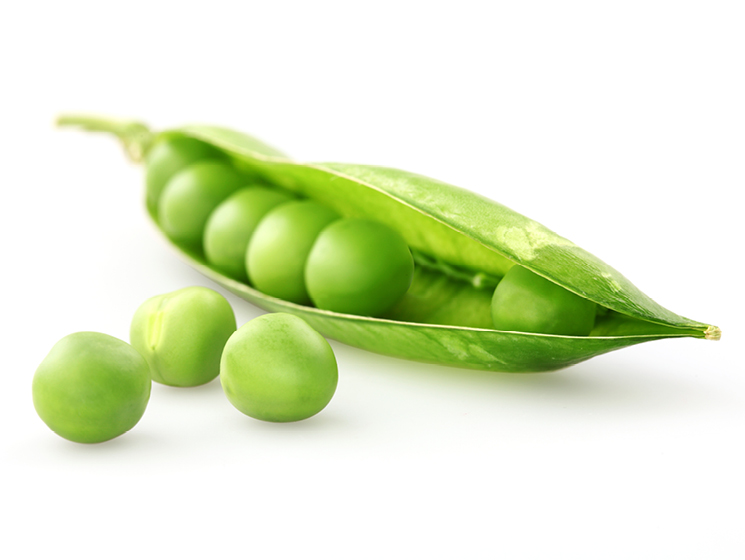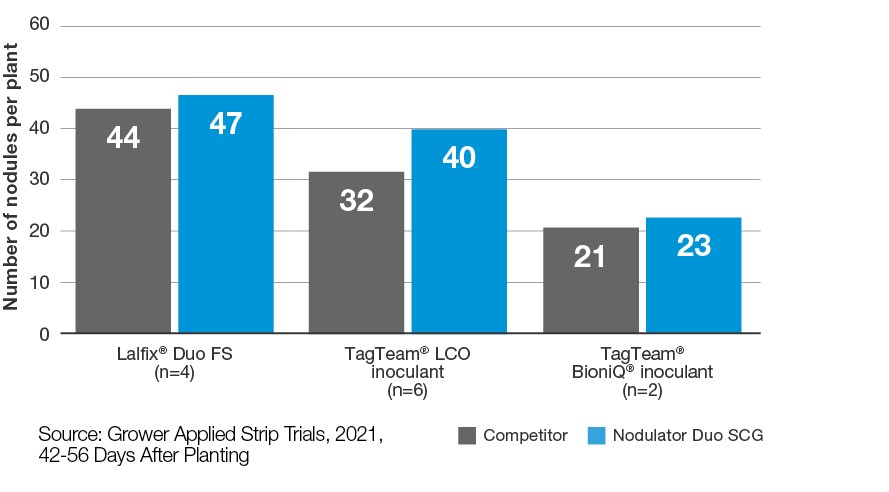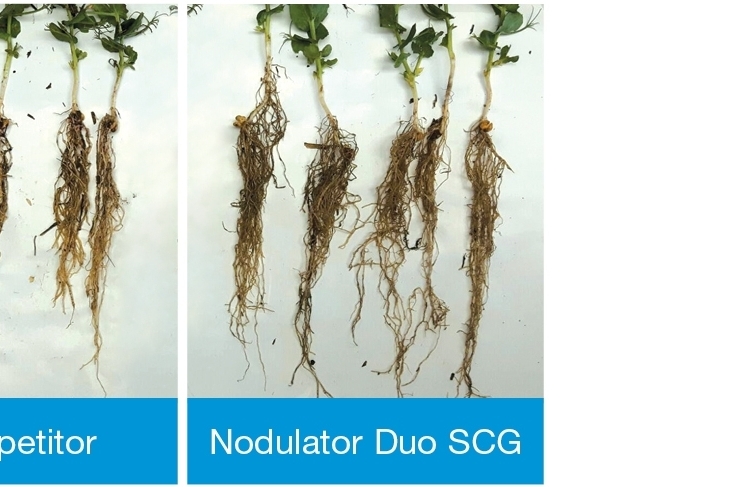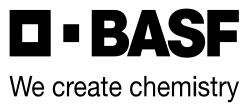Nodulator Duo SCG
Solid core granular inoculant featuring root-strengthening biofilm to help maximize yield potential.
- Top-performing strain of rhizobium (strain 1435) specifically selected for peas and lentils
- Root-strengthening biofilm bacterium (strain BU1814) helps protect the roots from the stresses encountered in the soil to reserve more energy for growth
- Technologically advanced multi-layered clay-based granular carrier for rhizobia that prevents dust and, ultimately, rhizobia loss
Labels & SDS
9 AVAILABLE
Applicable On

Peas

Lentils
Labels & SDS
Additional Resources
Benefits of Nodulator Duo SCG
- The product provides a reliable inoculant that is guaranteed to contain a minimum of 8 x 107 viable cells of Rhizobium leguminosarum biovar viceae per gram and 2 x 108 viable cells of Bacillus subtilis per gram
- Rhizobium leguminosarum biovar viceae strain 1435 is a highly efficient, more active strain of rhizobium, specifically selected to perform on pea and lentil crops for maximized yield potential
- Biofilm-forming bacterium in Biostacked® Nodulator® Duo SCG inoculant provides increased efficiency and activity in nodulation due to crop specificity, and increased nitrogen fixation with maximized yield potential1
1 Source: Grower Applied Strip Trials, 2017-2021, N value varied depending on competitor.
Performance Trials
Increased nodule production with Nodulator Duo SCG inoculant

Increased seedling vigour below ground in field peas

Product Info & Application Guide
Application Tips
- Apply granular inoculant directly in furrow at the specified rate. The product must not be applied at a depth that is less than the planting depth of the seed.
- Remove any unused granules from the hopper box at the end of each day’s planting.
- Do not allow granules to sit in hopper overnight.
- Environmental conditions may affect flowability of the product. Feeding mechanism should be cleaned often to ensure good flow.
When to Apply
| Crops | Treatment |
|---|---|
| Peas or lentils | applied directly in furrow |
How Much to Apply
One bag will treat 10.6 acres (7” rows) to 18.5 acres (12” rows).
One Q-Pak will treat 170 acres (7” rows) to 296 acres (12” rows).
Apply granular inoculant at a rate of 28.5 g/1,000 linear row feet.
Row spacing |
Application rate |
Area treated per bag |
|||
|---|---|---|---|---|---|
cm |
in |
kg/ha |
lb/ac |
ha |
ac |
15.2 |
6 |
6.2 |
5.6 |
3.7 |
8.9 |
17.8 |
7 |
5.3 |
4.7 |
4.3 |
10.6 |
20.3 |
8 |
4.6 |
4.1 |
4.9 |
12.2 |
22.9 |
9 |
4.0 |
3.6 |
5.7 |
13.9 |
25.4 |
10 |
3.7 |
3.3 |
6.1 |
15.2 |
27.9 |
11 |
3.4 |
3.0 |
6.7 |
16.7 |
30.5 |
12 |
3.0 |
2.7 |
7.6 |
18.5 |
Directions for use
Prior to filling the tank
- Check tank seals on each compartment along with all metering components for signs of cracks and wear
- Replace cracked or worn parts
- Ensure that inoculant bags and tank walls are dry prior to filling
- Run fans at the beginning of each day as a precaution to dry any condensation that may have accumulated overnight
- Granular inoculants require a dedicated tank to ensure proper rate application
- Before filling, ensure that the screen at the top of the tank is in place
Filling the tank
- Use loading auger to fill tank and screens provided by equipment manufacturers
- To optimize flow (especially under humid conditions), it is suggested to only fill compartments to no more than 50% capacity
- Do not mix granular inoculant with granular pesticides or fertilizers during planting
Follow Crops
No follow-crop restrictions.
FAQ
What's the difference between a solid core granular formulation (SCG) and a peat granular formulation?
SCG formulation has technically advanced delivery of the rhizobia through a multi- layered solid core granule, which allows the following:
- Most ideal “housing” for rhizobia
- Maximum survivability
- Increased durability to withstand tough conditions in dry or very wet soils.
- More uniform size
- Dust-free and greater ease of use
- Enhanced placement accuracy
In a peat granular formulation, the rhizobia are placed on the surface of the peat granule, which is exposed to environmental factors such as wind, temperature, humidity and other conditions that can affect the survivability and effectiveness of the rhizobia
Why do I have to inoculate every year?
Inoculating every year provides “affordable” nitrogen (N) helps ensure that rhizobia populations are acceptable for effective nodulation. Wet, cool soil conditions can have a large impact on nodulation. Effective inoculation leads to more uniform/stronger plant growth and maximizes total yield potential (including seed protein/ac). Using an inoculant also provides beneficial aspects with additional benefits derived from added non-rhizobial “biologically-derived” technologies.





